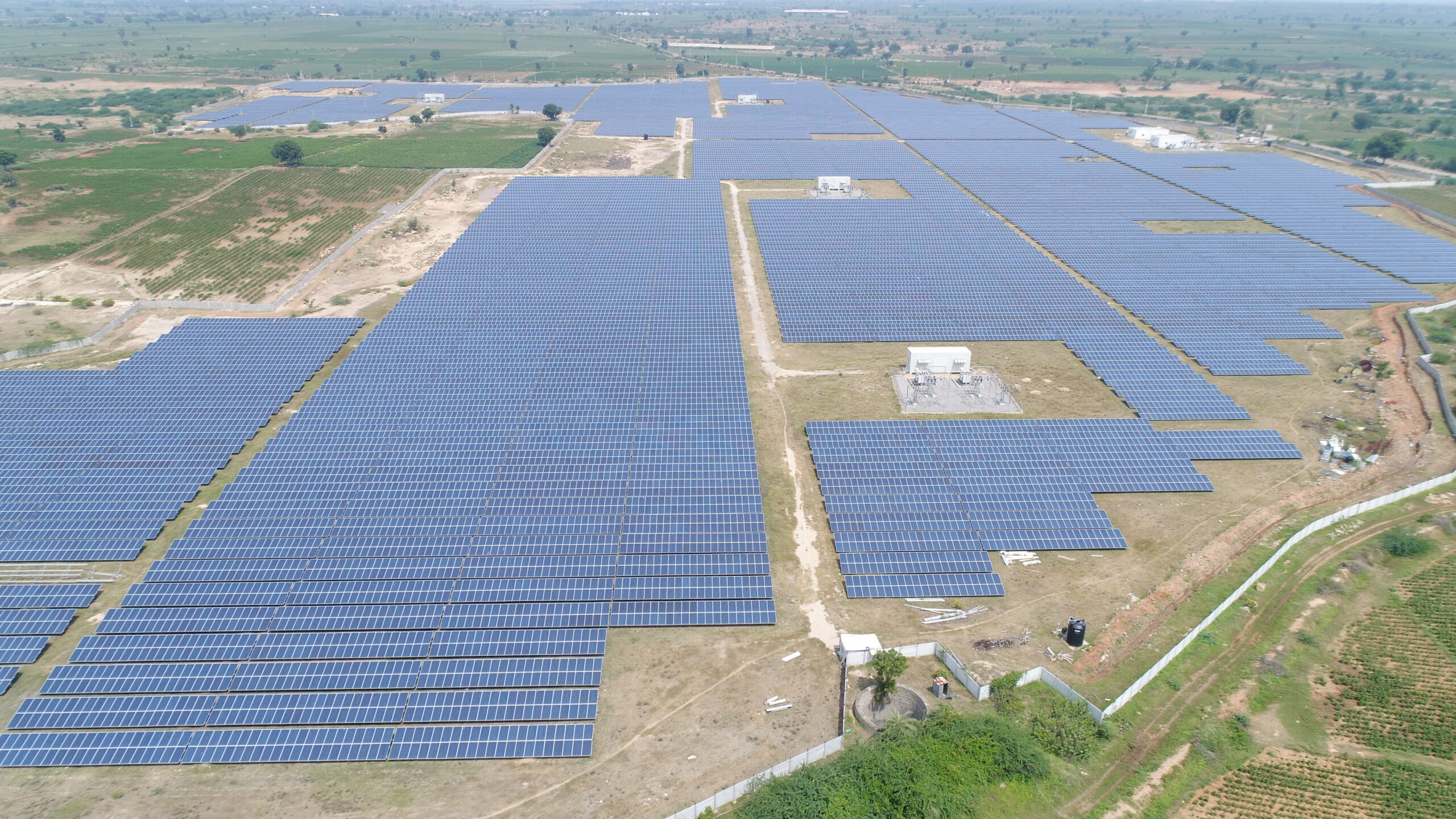India is at the forefront of an energy revolution. The latest report by NITI Aayog shows that renewable energy sources now contribute nearly 25% to India’s power mix. However, fossil fuels still dominate, accounting for approximately 70% of overall energy consumption. Investment in clean energy projects is rising, with planned capacity expected to increase by more than 40% in the coming years. Solar and wind projects are taking centre stage, underpinned by both technological advances and supportive policy measures.
Driving forces and key players
This transformation is not happening in isolation. The central government, through strategic policy directives, has set ambitious targets for renewable energy expansion. NITI Aayog is playing a crucial role by providing actionable insights and recommendations. Public utilities are upgrading infrastructure, while the private sector and international investors contribute significantly by tapping into incentives and favourable regulatory frameworks. State agencies and regional authorities are also crucial, ensuring local projects align with national energy goals. Industry sources and research institutions such as TERI further validate these trends.
The national impact
The energy shift is unfolding across the country. States like Gujarat, Rajasthan, and Tamil Nadu have emerged as hubs for renewable installations, with large-scale solar parks and wind farms energising regional economies. Urban areas are benefiting from improved power reliability and lower pollution levels due to cleaner energy sources. Simultaneously, rural communities gain from distributed solar projects that improve access to electricity. This geographical spread of renewable projects underscores a coordinated national effort to diversify India’s energy basket.
Recent developments
Recent trends point to a marked acceleration in the past five years. Traditionally, coal and other fossil fuels dominated the landscape. However, policy reforms and a surge in renewable investments since 2018 have reshaped India’s energy profile. The growing share of renewables is not an overnight change but the result of long-term reforms and steady infrastructural investments. The NITI Aayog report details these changes and provides a timeline that highlights continuous progress alongside persistent challenges.
Why it matters
The energy transition carries far-reaching implications. For one, reliance on fossil fuels is a major contributor to air pollution and climate change. High pollution levels impose a significant economic burden, with environmental costs affecting around 2–3% of the nation’s GDP. Cleaner energy sources promise better public health outcomes, lower carbon emissions, and improved energy security. The shift also supports job creation in emerging green sectors and strengthens India’s position in the global renewable energy market. In essence, every percentage increase in renewable capacity translates into long-term environmental and economic benefits.
Charting the way forward
Efforts to balance the energy mix are well under way. Government policies aim to accelerate renewable installations through financial incentives, streamlined approvals, and enhanced regulatory frameworks. Pilot projects in smart grids and energy storage are addressing issues of intermittency and stability, ensuring a more resilient power system. Local governments and regional bodies are implementing community-based projects, which are crucial for bringing clean energy to remote areas. As the data suggests, continuous monitoring and transparent performance metrics are key to realising the full potential of the energy transition.
India’s energy transformation is marked by significant progress yet faces continuing challenges. Renewables have made a considerable dent by contributing 25% to the energy mix; however, fossil fuels still represent nearly 70% of consumption. This dual reality underlines both the promise of greener options and the work needed to fully shift away from conventional sources. Strategic government policies, robust private sector involvement, and ground-level initiatives are shaping a new energy landscape across India.

